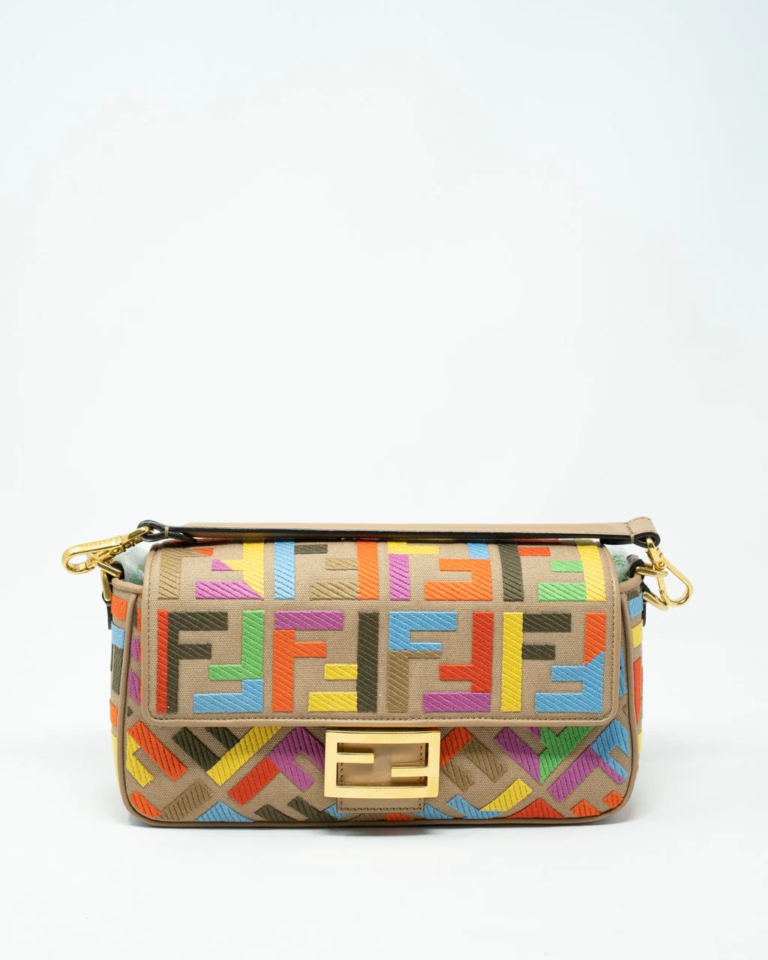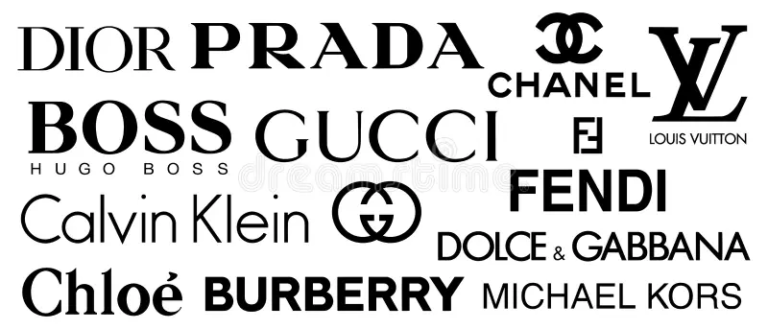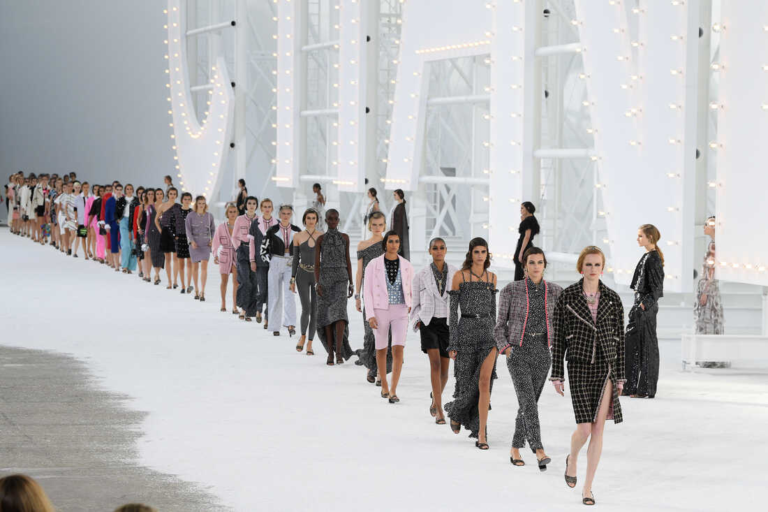Louis Vuitton, synonymous with opulence, boasts a nearly two-century-old history. Join us on an expedition through the illustrious journey of this iconic fashion establishment, from its modest inception to its current eminence as a global luxury titan.
Origins and Craftsmanship of Louis Vuitton
In 1837, a youthful Louis Vuitton arrived in Paris, embarking on his career as an apprentice under Monsieur Maréchal. In an era where travel entailed enduring the rigors of luggage handling, Vuitton’s unwavering commitment to craftsmanship saw him master the art of tailoring bespoke trunks and chests, laying the bedrock for his forthcoming triumph.
Evolution of Luggage and Pioneering Innovations
With the advent of travel, Vuitton relocated his workshops to Asnières in 1859 while maintaining a boutique in Paris. Travel was on the cusp of becoming more accessible and thrilling, and Vuitton’s luggage turned into both a pragmatic choice and a symbol of affluence.
In 1886, George Vuitton, Louis’s son, ingeniously revolutionized luggage locks with a pioneering closing mechanism, safeguarding the possessions of voyagers.
The Birth of Emblematic Monograms
George Vuitton furthered his legacy by introducing the iconic LV monogram in 1896, an enduring symbol of the brand. He also ushered in the interlocking LV pattern adorned with floral motifs, cementing these designs as symbols of status on Louis Vuitton accessories.
Influence on Fashion Luminaries and Hollywood
By the early 20th century, Louis Vuitton had evolved into a luxury luggage label celebrated for its artisanal prowess and innovative creations. In 1915, Coco Chanel commissioned George Vuitton to craft a bespoke handbag, marking the foray into smaller leather goods. The legendary Alma handbag and Audrey Hepburn’s association with the Speedy travel bag became etched in history.
Transformation into a Global Luxury Empire
In 1987, Louis Vuitton amalgamated with Moët & Chandon and Hennessy to establish LVMH, a conglomerate of luxury goods. This strategic maneuver catapulted the fashion house to new heights, ensuring its perpetual expansion and global presence. The 1980s witnessed the international recognition of Louis Vuitton as a luxury brand.
The Marc Jacobs Era: A Metamorphosis in High Fashion
In 1997, Marc Jacobs introduced ready-to-wear collections, propelling Louis Vuitton from a luggage brand to a high-fashion juggernaut. His innovative approach rejuvenated the brand, revolutionizing fashion shows, introducing jewelry lines, and inspiring supermodels such as Kate Moss and Naomi Campbell.
Do you adore iconic bags? Discover more about Fendi Baguette here Fendi Baguette: A Fashion Icon’s 25-Year Evolution
The Ghesquière and Jones Era: A Stalwart Evolution
Nicolas Ghesquière took the helm of Louis Vuitton in 2013, infusing fresh and pioneering craftsmanship into the brand. His influence propelled Louis Vuitton to the zenith of contemporary luxury. Concurrently, Kim Jones excelled as the artistic director of menswear, garnering accolades from the fashion fraternity.
The Impact of Virgil Abloh and Beyond
In 2018, Virgil Abloh, the inaugural African-American Artistic Director at Louis Vuitton, introduced a novel perspective to menswear. His contributions encompassed iconic collaborations, eyewear, bags, and varsity jackets. Although his tenure was tragically curtailed, his indelible impact on the fashion industry endures.
LVMH Group: A Connoisseur of Luxury Goods
LVMH Moët Hennessy Louis Vuitton SE, renowned as LVMH, is a global conglomerate of luxury goods headquartered in Paris, France. Founded in 1987 through the merger of two prominent entities, Louis Vuitton and Moët Hennessy, LVMH has blossomed into one of the world’s largest and most prestigious luxury goods conglomerates.
Discover the craftsmanship of Louis Vuitton in this film
LVMH’s portfolio encompasses an extensive array of luxury brands spanning diverse sectors, from fashion and leather goods (Louis Vuitton, Dior, Fendi) to perfumes and cosmetics (Christian Dior, Givenchy), watches and jewelry (TAG Heuer, Bulgari), selective retailing (Sephora), and more.
The conglomerate is celebrated for its commitment to preserving the identity and heritage of each brand while nurturing their long-term growth and prosperity.
Nicolas Ghesquière: Creative Director of Louis Vuitton in 2021
As of September 2021, Nicolas Ghesquière held the esteemed position of Creative Director for Louis Vuitton’s women’s collections. Ghesquière, a distinguished French fashion designer, is venerated for his inventive and contemporary design philosophy.
Under his creative stewardship, Louis Vuitton’s women’s collections underwent a transformation, pushing the boundaries of luxury fashion. However, it’s worth noting that in the fashion realm, the role of creative director may evolve over time, underlining the dynamic nature of a brand’s leadership.
Pharrell Williams Takes the Reins from Virgil Abloh at Louis Vuitton in 2023
In a momentous development in the world of fashion, Pharrell Williams assumed the role of head of men’s designs at Louis Vuitton in 2023, succeeding Virgil Abloh. This transition marked a significant milestone in fashion history, as Pharrell Williams, a highly influential musician, producer, and fashion luminary, assumed a prominent position in the creative direction of a prestigious luxury fashion house.
Pharrell Williams is celebrated for his distinctive style and substantial contributions to fashion, making him an apt successor to Virgil Abloh, who had left an indelible mark during his tenure at Louis Vuitton.
This transition underscored Louis Vuitton’s commitment to embracing diverse and influential talents within the fashion industry, showcasing the brand’s ability to adapt to evolving trends and cultural influences.
Conclusion
In the ever-evolving realm of luxury fashion, Louis Vuitton remains an enduring and iconic brand. From its modest beginnings, crafting custom trunks for 19th-century travelers, to its current stature as a global fashion powerhouse, the history of Louis Vuitton is a testament to innovation, creativity, and enduring excellence.
With a heritage steeped in masterful craftsmanship Louis Vuitton continues to redefine modern luxury. Under the creative guidance of Nicolas Ghesquière for women’s collections, the brand consistently pushes the boundaries of fashion, offering fresh and contemporary designs.
It’s important to recognize that the role of creative director in the fashion industry can evolve over time, ensuring the brand remains dynamic and ever-changing.
The appointment of Pharrell Williams as the head of men’s designs in 2023 illustrates Louis Vuitton’s commitment to diversity and its willingness to welcome influential talents from various domains into the world of fashion. This transition underscores the brand’s ability to adapt, ensuring its continued relevance and resonance in contemporary culture.
As a part of the LVMH conglomerate, Louis Vuitton continues to shine as a jewel in a portfolio of luxury brands, each with a dedication to preserving its unique identity while growing and evolving. This approach guarantees the enduring legacy of Louis Vuitton, a brand celebrated as one of the most recognized and revered luxury fashion houses globally.
The history of Louis Vuitton is not just a narrative of fashion; it’s a journey encompassing creativity, craftsmanship, and an unwavering commitment to excellence, shaping the realm of luxury.










+ There are no comments
Add yours